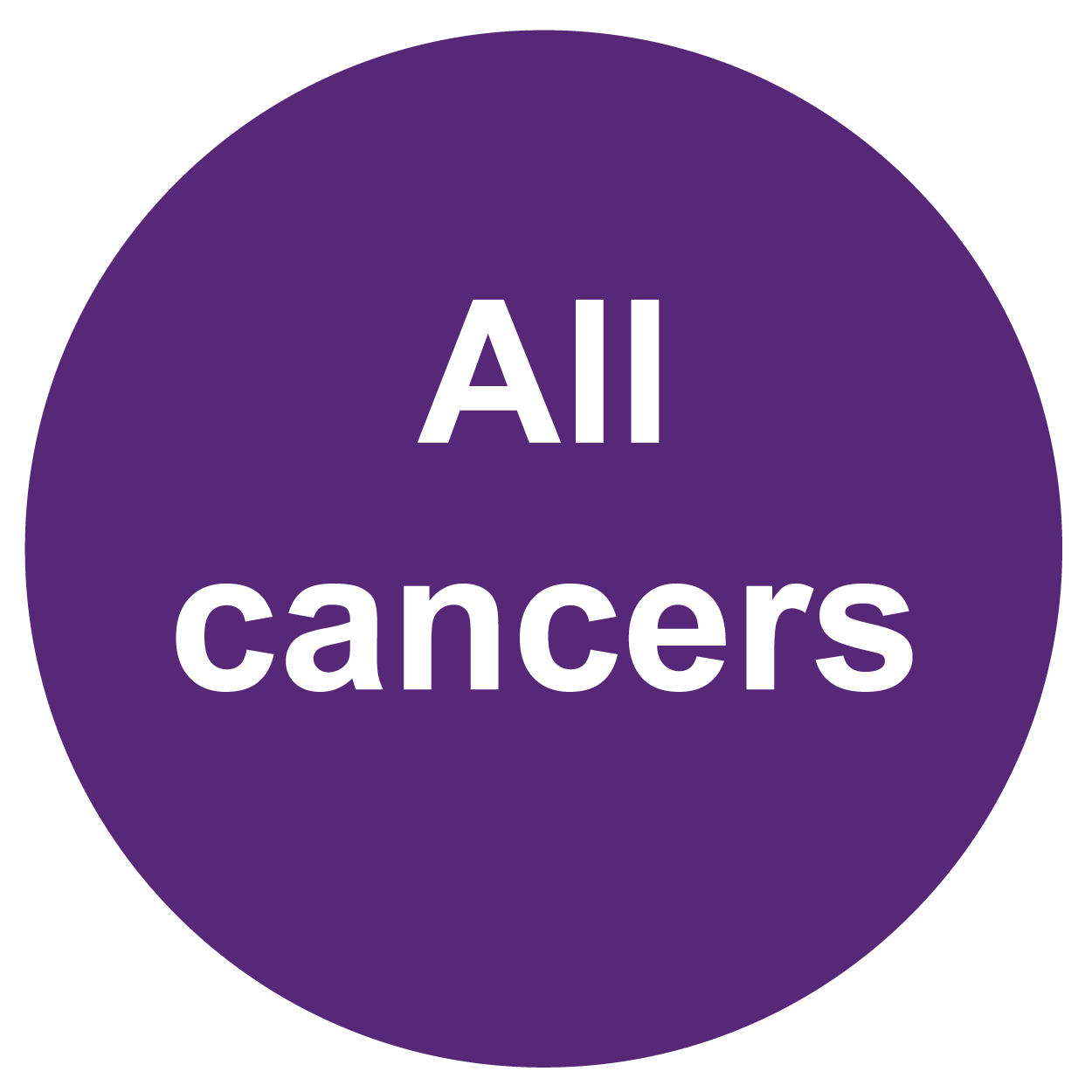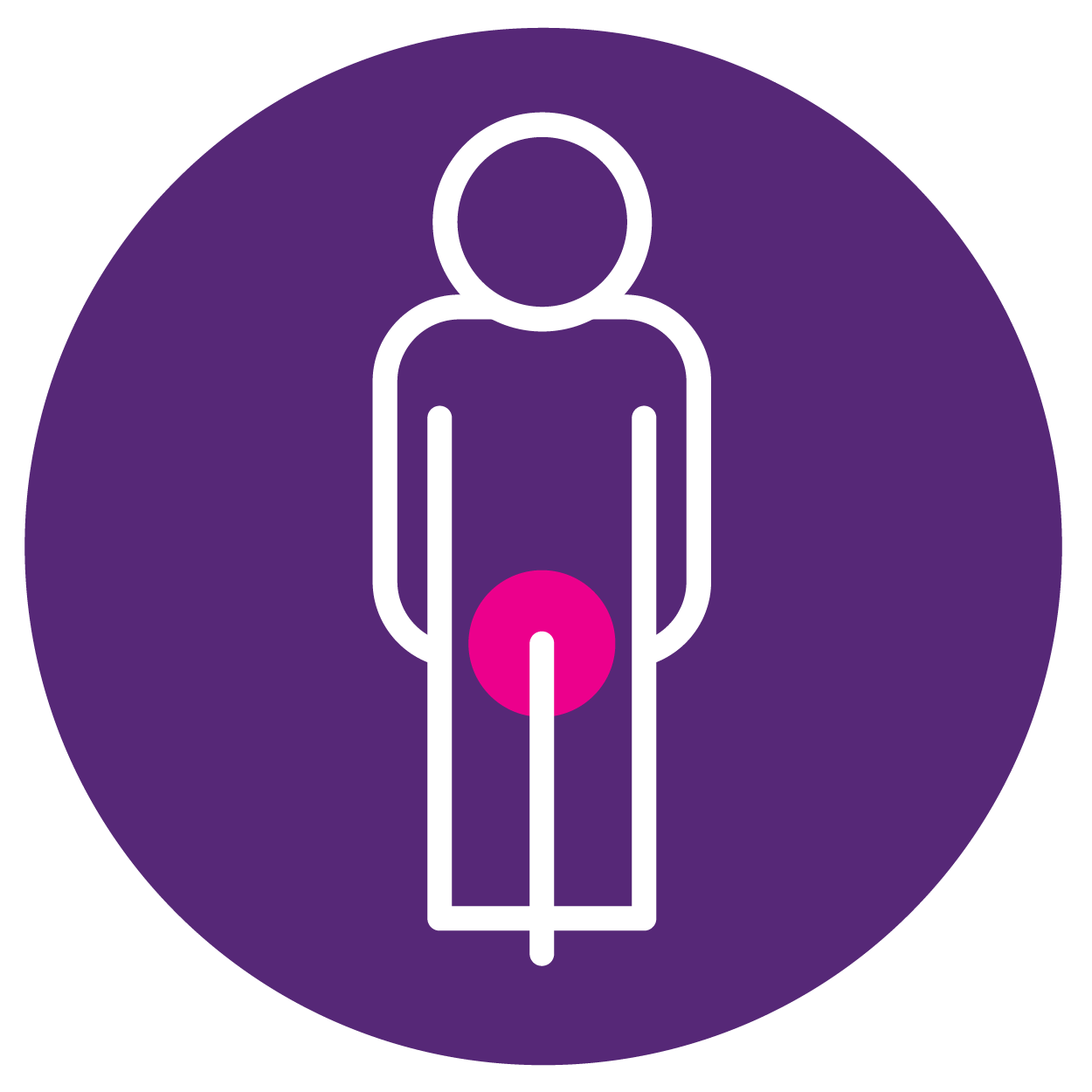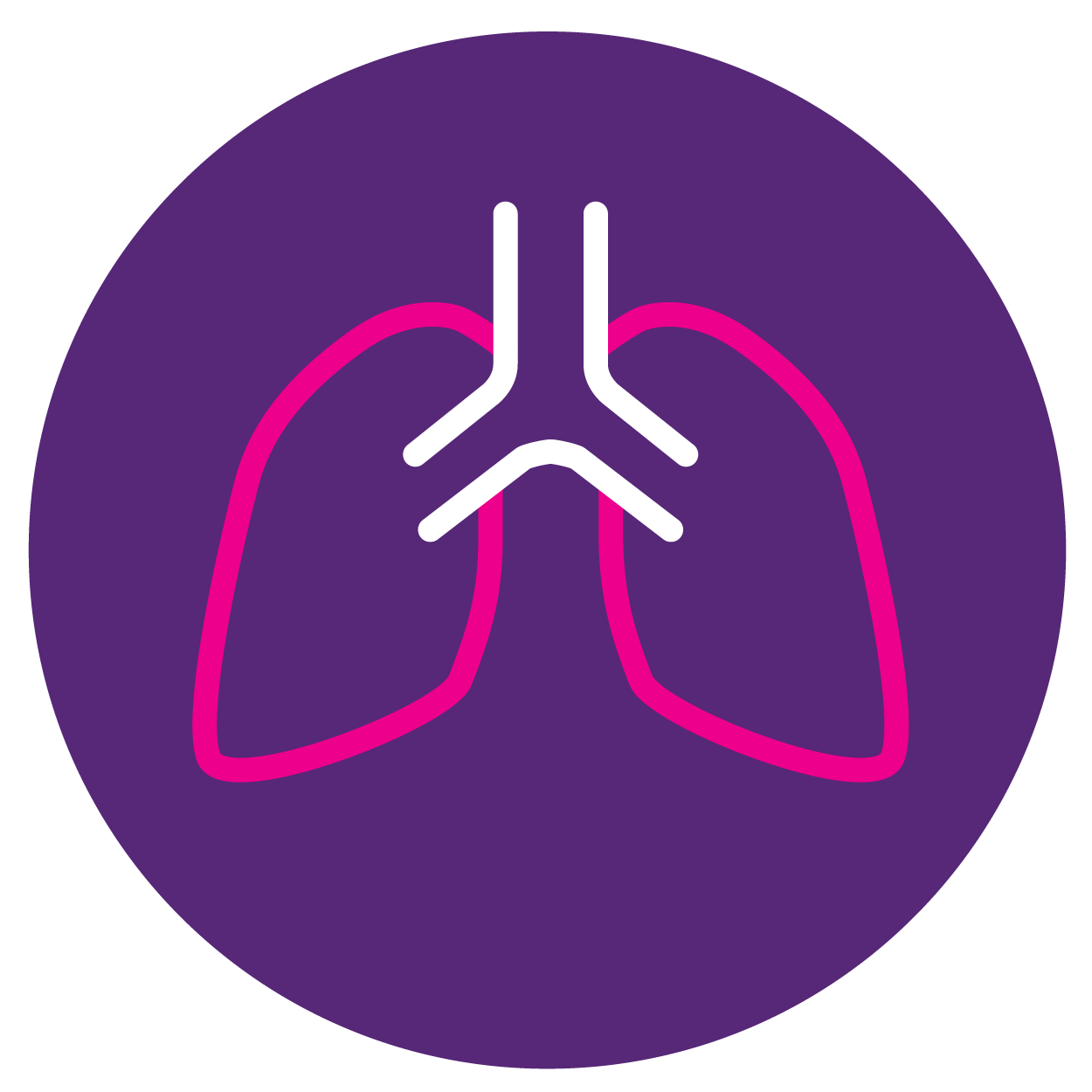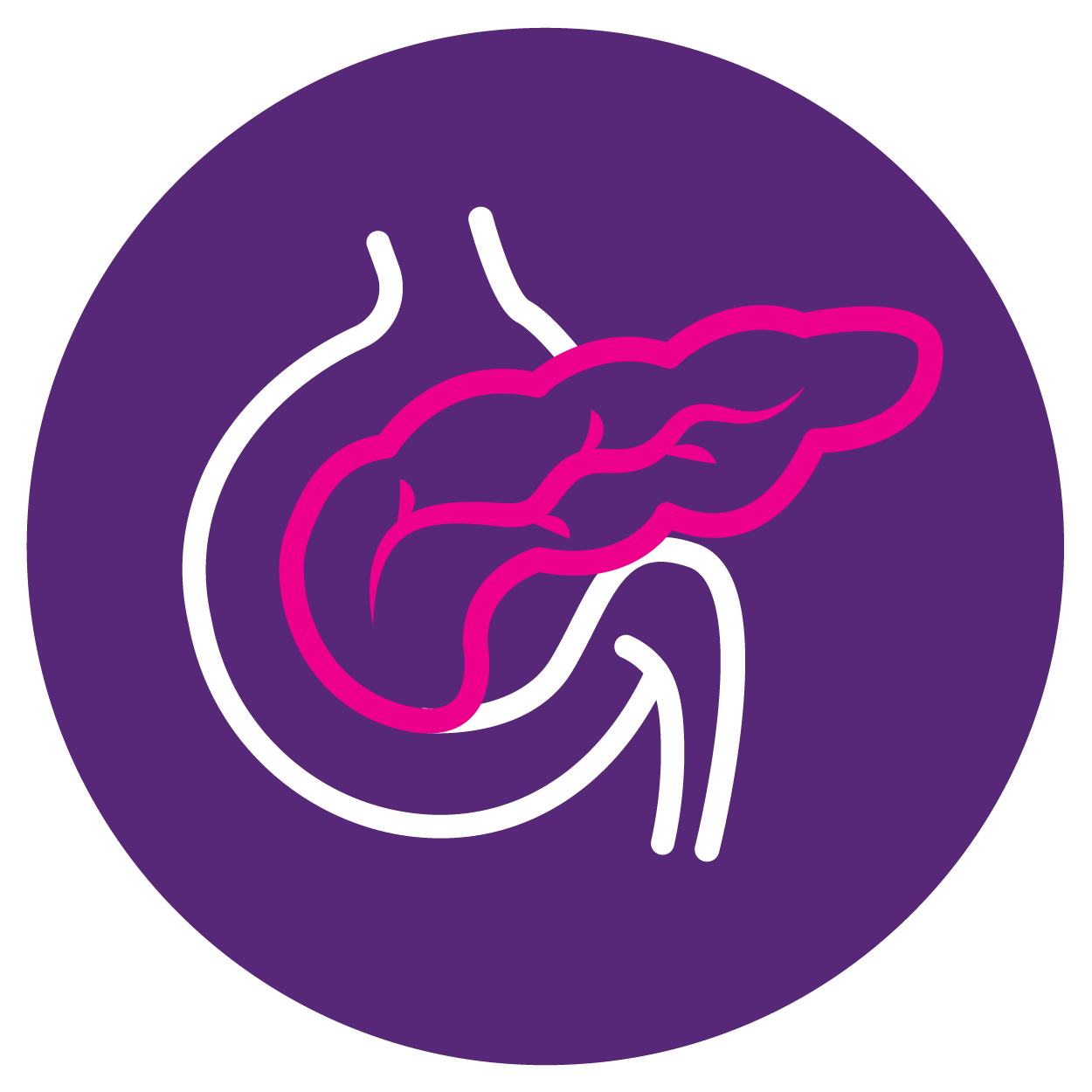Blood cancers

Cancer Cases
Cancer incidence rate refers to the number of new cancers cases occurring in a specified population during a given year, expressed as the number of cancer cases per 100,000 population.1
In 2018, the UK ranked 4th amongst the 31 European countries studied for the incidence of leukaemia, with 17 people in every 100,000 being diagnosed with the condition (ranging from 8 cases per 100,000 people in Bulgaria to 20 per 100,000 people in Lithuania).
The UK's incidence rate for this cancer type was higher than the European average of 15 cases per 100,000 people.
Downloads:
Note:
- For this cancer type there is no information available on incidence at a country level for 1995
Reference for text:
1. National Cancer Institute. Cancer Incidence Rates.
References for graphs:
- ECIS (European Cancer Information System) https://ecis.jrc.ec.europa.eu/. Incidence and mortality estimates 2018
- ECIS (European Cancer Information System) https://ecis.jrc.ec.europa.eu/. Incidence and mortality historical data
- Engholm, G et al. NORDCAN: Cancer incidence, mortality, prevalence and survival in the Nordic countries, Version 8.0 (20.12.2017)
![]()
Cancer Deaths
Cancer mortality rate refers to the number of deaths caused by cancer occurring in a specified population during a given year, expressed as the number of cancer deaths per 100,000 population.2
In 2018, the UK ranked 24th amongst the 31 European countries studied for the mortality of leukaemia, with 8 in every 100,000 people dying from the condition (ranging from 5 deaths per 100,000 people in Iceland to 12 per 100,000 people in Greece).
The UK's mortality rate for this cancer type was lower than the European average of 9 deaths per 100,000 people.
Downloads:
Note:
- For this cancer type there is no information available on mortality at a country level for 1995
Reference for text:
2. National Cancer Institute. Cancer Mortality Rates.
References for graphs:
- ECIS (European Cancer Information System) https://ecis.jrc.ec.europa.eu/. Incidence and mortality estimates 2018
- International Agency for Research on Cancer. WHO cancer mortality database
![]()
Cancer Survival
Survival refers to percentage of people that were diagnosed with cancer in a given year and who were still alive after a defined period of time (here defined as 5 years or more after being diagnosed).3
In Europe, there have been continuous increases in 5-year survival rates for the most common cancer types in all countries. However, the size of the increase differs between countries.
Between 2010 and 2014, the UK ranked 17th amongst the 28 European countries studied for the 5 year survival post cancer diagnosis, with 63% of people surviving 5 years or more after receiving a cancer diagnosis (ranging from 50% survival in Bulgaria to 68% in Cyprus).
Downloads:
Notes:
- The data for each country pertains only to breast cancer, prostate cancer, lung cancer, colorectal cancer, skin cancer, lymphoid cancers and ovarian cancer
- There is no European average for 5-year survival because data for Greece, Hungary and Luxembourg is lacking
- The latest data collected by IHE was for the 2010-2014 5-year period
Reference for text:
References for graphs:
- Allemani, C et al. Global surveillance of cancer survival 1995-2009: analysis of individual data for 25 676 887 patients from 279 population-based registries in 67 countries (CONCORD-2)
- Allemani, C et al. Global surveillance of trends in cancer survival 2000-2014 (CONCORD-3): analysis of individual records for 37 513 025 patients diagnosed with one of 18 cancers from 322 population-based registries in 71 countries
Uptake of Cancer Medicines
Note: Data pertaining to the uptake of cancer medicines was not available for leukaemia medicines across all European countries examined by IHE, in 2018.
Last modified: 22 April 2024
Last reviewed: 22 April 2024








